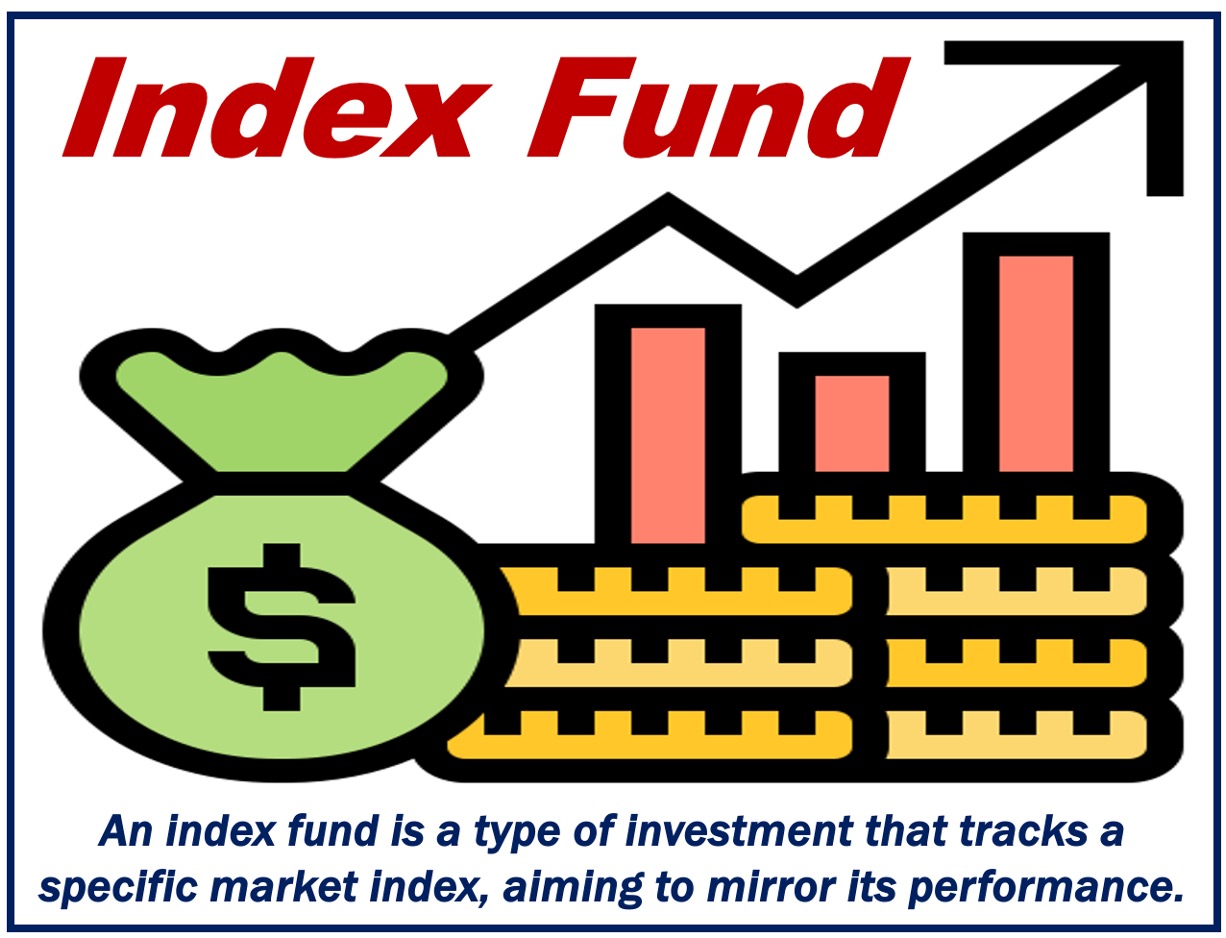An index fund is a type of mutual fund or exchange-traded fund (ETF) made to follow certain preset rules so that it can track a specified basket of underlying investments. Those underlying investments are typically an important market index, like the S&P 500, but they can also be more specialized to track a specific market sector or segment.
Understanding Index funds
There are some things you should know about an index fund before you invest in one, such as:
- Creating a Portfolio
The fund holds all of the securities (or a representative sample) in the same proportions as the index.
- Passive Management
Index funds are passively managed to replicate the performance of the chosen index, in comparison to actively managed funds, which try to outperform the market through strategic security selection.
Advantages of investing in index funds
Investing in an index fund comes with a lot of advantages, including:
- Low costs
Index funds often have a lower expense ratio since they don’t pay managers to select investments, unlike actively managed funds.
- Diversification
A high level of diversification is frequently offered by index funds because many of them follow a broad market index.
- Transparency
Investors know exactly which assets are held within the fund.
- Performance
Index funds outperform the majority of actively managed funds in the long term.
- Simplicity
Index funds are accessible investment options because they are relatively easy for investors to buy.

Consideration
When investing in index funds, consider factors such as:
- Market fluctuations
Index funds mirror the market, so they naturally experience its ups and downs. This is entirely expected.
- Lack of control
An index fund is made to mimic a specific index, so investors have no control over the specific holdings.
- Limited upside
Being a passive investment, index funds only mirror market returns. Consequently, investors might miss potential higher returns that certain actively managed funds could offer.
How to invest
Follow these steps for a sound investment in an index fund:
- Selecting an index
Select an index that fits your investment objectives and risk tolerance.
- Platform
Determine your purchasing avenue for the index fund: directly from a fund company, through a robo-advisor, or via a brokerage account.
- Fund selection
Select a fund aligned with your chosen index. Evaluate based on expense ratio, minimum investment criteria, and tracking accuracy.
- Invest
Purchase index fund shares, either all at once or by making recurring contributions.
Use of index funds in a portfolio
- Core Investment
Index funds are frequently used as a core investment in a portfolio due to their diversification and wide market exposure.
- Risk management
By choosing index funds that expose them to a range of market sectors and asset classes, investors can balance their portfolios.
- Long-Term Strategy
Because index funds are passive, they are frequently a good choice for long-term, buy-and-hold investment strategies.
Written by Nicolas Perez Diaz, October 5, 2023.
